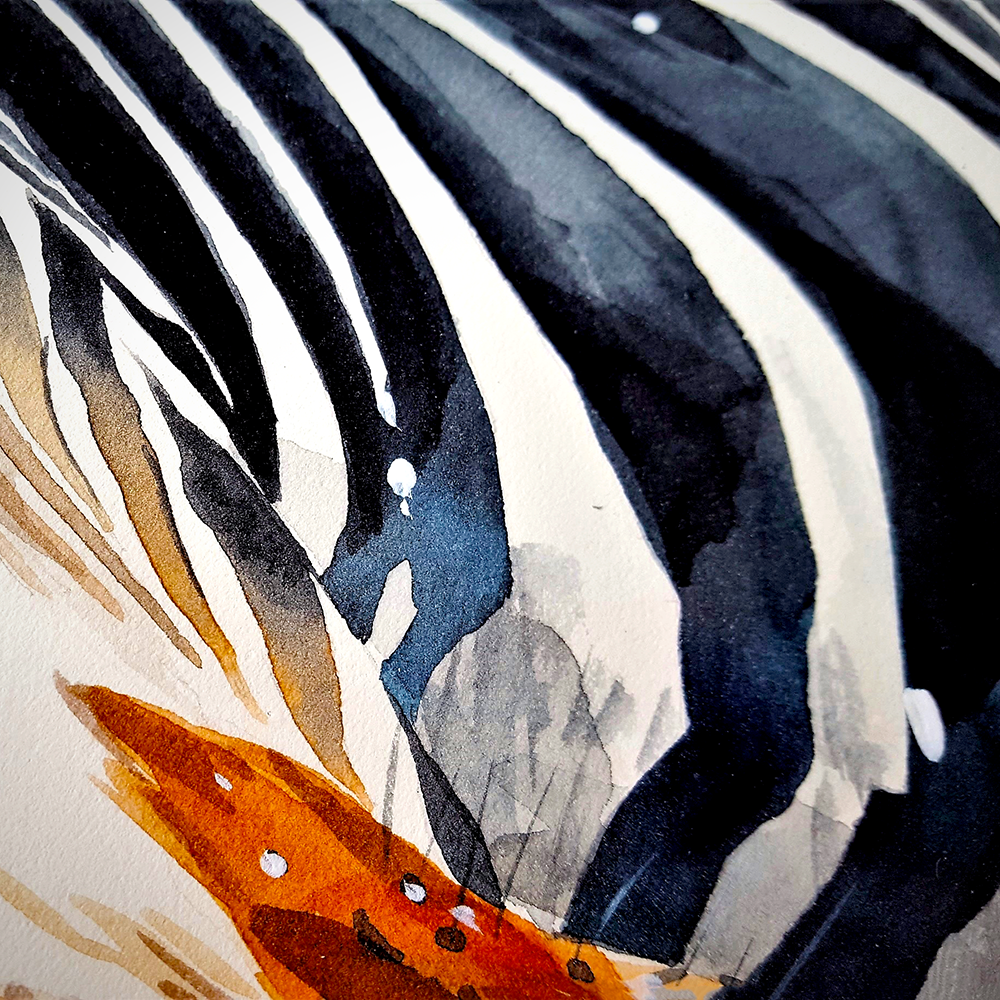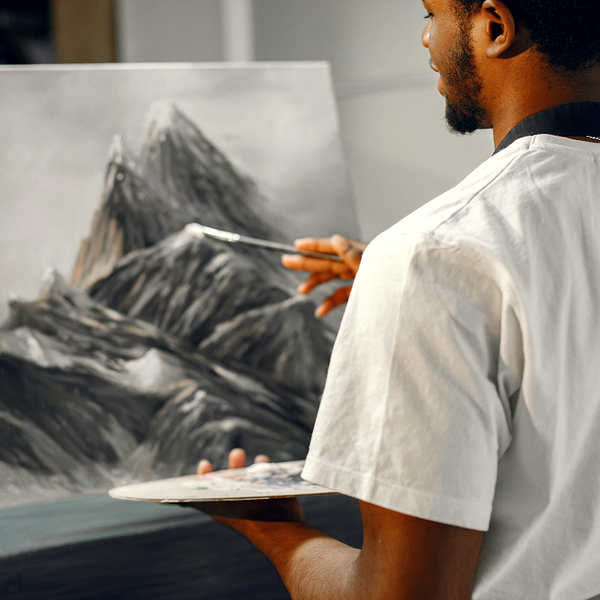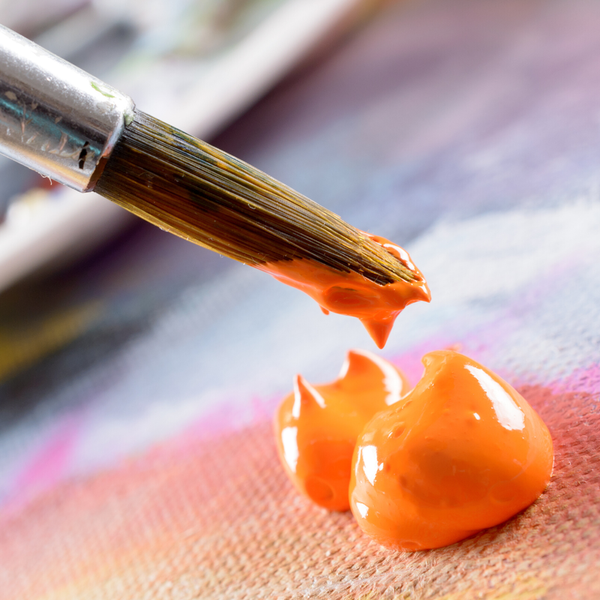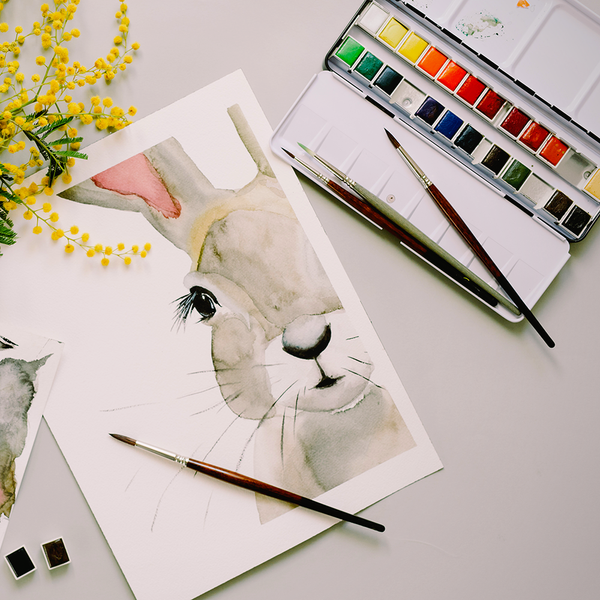Embarking on a watercolor painting adventure is like stepping into a world where colors flow and blend with an almost magical quality.
It's a realm where each brushstroke can unveil unexpected beauty, and the canvas itself plays a crucial role in the outcome of your artwork.
Watercolor painting is a beloved medium known for its fluidity and transparency, offering artists a unique way to express their creativity.
Among the swirling questions that dance in the minds of artists, from eager beginners to seasoned professionals, one stands out: "Do you wet the paper before watercolor?"
This pivotal query opens the door to exploring the essence of watercolor painting.
In this article, we'll dive deep into the significance of wetting your watercolor paper, uncover the techniques that can elevate your art, and guide you through the steps to perfectly prepare your paper.
Prepare to immerse yourself in the knowledge that could transform your watercolor work from good to breathtaking.
Key Takeaways:
- Understanding the importance of wetting watercolor paper can significantly impact the quality of your watercolor paintings.
- Techniques such as wet on wet and pre-wetting paper are essential for achieving desired effects and preventing paper buckling.
- Proper drying and stretching of watercolor paper are crucial steps in the painting process to maintain paper integrity and workability.

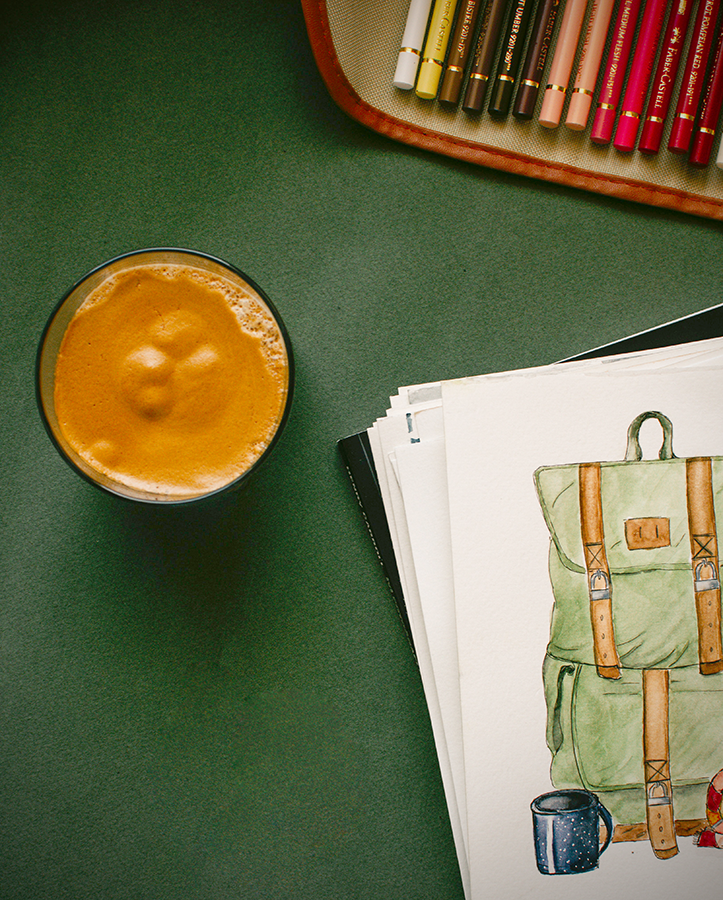

Science Behind Wetting Watercolor Paper
Watercolor paper is specifically designed to absorb and hold water.
When you wet the paper before painting, you're allowing it to expand slightly, which can help prevent buckling when the paper dries.
Wetting the paper also helps in achieving a variety of textures and effects that are characteristic of watercolor paintings.
To Pre-Wet or Not to Pre-Wet
Pre-wetting paper is a technique many artists prefer to use before they commence painting.
This involves soaking the entire sheet or applying a very fine spray of water to the paper surface.
The key is to start painting while the paper is still damp but not overly saturated with water.
This method helps in achieving a smooth wash and can be particularly useful for lighter paper that may not handle large amounts of water well.
Wet on Wet Technique: A Closer Look
The wet on wet technique is a popular method in watercolor painting where the artist applies wet paint onto wet paper.
This technique allows for colors to blend seamlessly on the paper surface, creating soft edges and subtle gradations.
To execute this technique effectively, the paper should be slightly wet and not dripping with excess water.
Role of Paper Quality
Heavier paper tends to handle more water and stay wet longer, which is why many artists opt for a heavier weight when planning to work wet.
Lighter paper, on the other hand, may require a more delicate approach, as it can easily become oversaturated and start to pill.
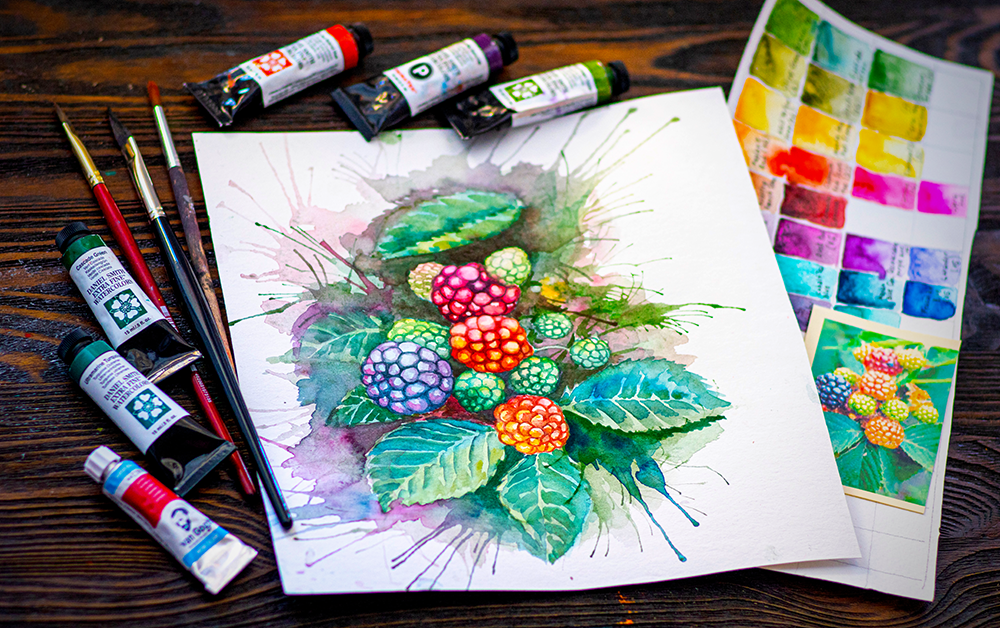
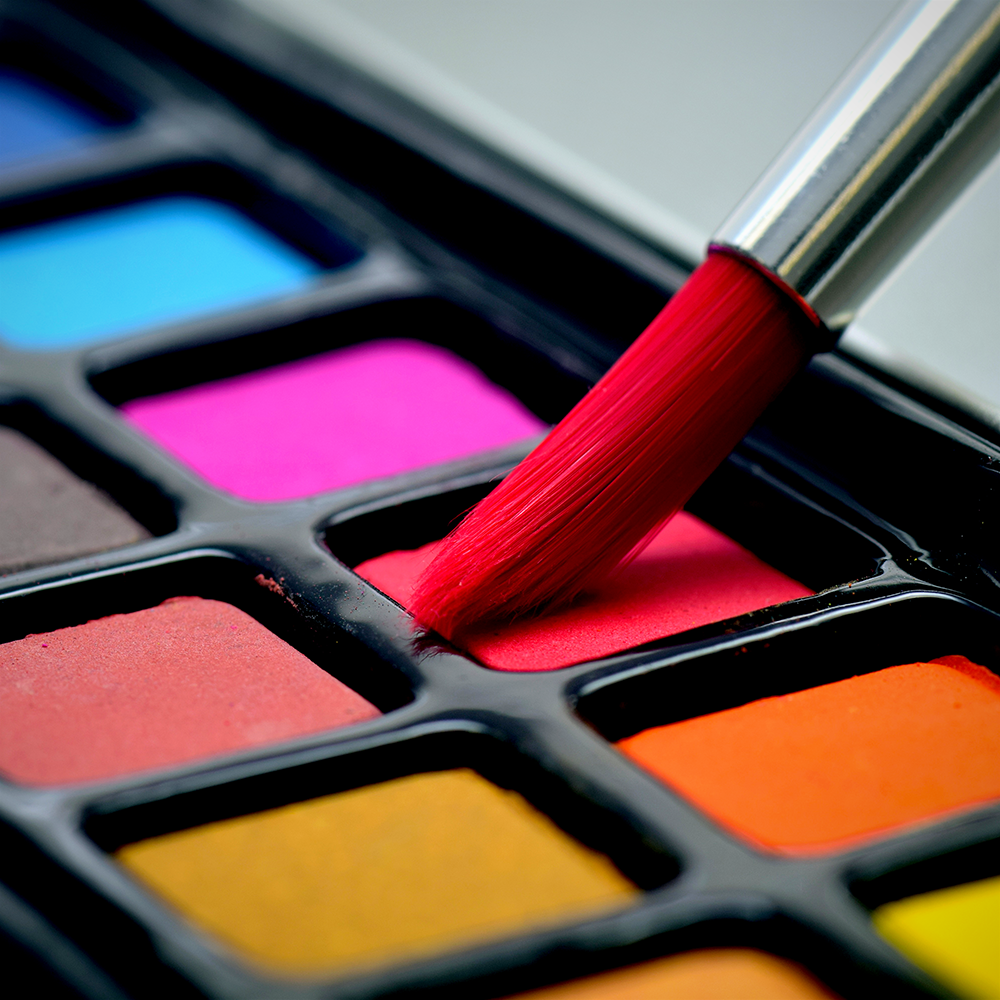

Stretching the Paper: An Essential Step
Stretching the paper is a process that involves wetting the paper and then taping or securing it to a flat surface to dry.
This helps the paper to stay flat and prevents it from buckling as you paint. It's a crucial step, especially when working with lighter paper or employing wet techniques that involve a lot of water.
Tools of the Trade
When preparing to wet watercolor paper, certain tools can make the process easier.
A large brush or sponge can be used to soak the paper evenly, while a spray bottle can provide a fine mist.
Masking tape or gummed tape is often used to secure the paper to a board, and a paper towel can help in removing any excess water.
Timing is Everything
The timing of when to begin painting on wet paper is critical.
If the paper is too wet, the paint may run uncontrollably.
If it's too dry, you may not achieve the desired wet on wet effect. Observing the sheen on the paper can be a good indicator of when to start painting.
Drying Time Considerations
After wetting the paper and completing your painting, it's important to let the paper dry thoroughly.
Some artists prefer to let the paper dry overnight, ensuring that it's completely free of moisture before removing it from the board.
This patience in the drying time can make a significant difference in the final appearance of your painting.
Preventing Buckling and Warping
To prevent buckling, artists often use a board to tape down the edges of the paper.
As the paper dries, it contracts and flattens out against the board.
This method is particularly effective for ensuring that the same piece of paper can be used without issues throughout the painting process.
Wetting Techniques for Different Effects
Different wetting techniques can produce various effects in watercolor painting.
For instance, using a sponge to apply water can create a textured effect, while a brush can provide a smoother application.
Experimenting with these techniques can help artists discover new ways to express their vision.



Importance of Clean Water
Using clean water to wet the paper is essential for maintaining the purity of the colors in your painting.
Dirty or tinted water can alter the appearance of the paint and result in a muddy look.
Always start with clean water to ensure the best results.
Mastering the Wet on Wet Painting Technique
The wet on wet painting technique, a cornerstone of watercolour painting, involves applying pigment to a pre-wetted surface, allowing for seamless blending and soft transitions.
This method requires a delicate balance; too much water can lead to uncontrollable spreads, while too little may not achieve the desired fluidity.
Mastering this technique opens up a world of textural possibilities, from subtle gradients to expressive washes. It's a favorite among other artists for its ability to convey a sense of spontaneity and movement within the composition, making it a staple in the watercolourist's repertoire.
To excel in wet on wet painting, one must understand the behavior of watercolour paper when soaked.
As the paper expands, it becomes more receptive to the paint, creating an ideal canvas for this fluid technique.
However, managing the amount of water used is crucial; a soaked sheet should be damp, not drenched, to maintain control over the paint's flow.
By using plain water to pre-wet the paper evenly, artists can ensure a consistent foundation for their work.
This preparation allows for the creation of light areas and soft edges, which are hallmarks of this ethereal painting style.
Incorporating Other Mediums into Watercolor
Watercolor painting, known for its translucency and purity, can be enriched by incorporating other mediums.
This mixed-media approach can add texture, depth, and unique effects that are not achievable with watercolor alone.
For instance, using a white paper base and layering with pastels or ink can accentuate the light areas of a painting, providing a contrast that makes the colors pop.
Additionally, experimenting with substances like salt or alcohol can create interesting patterns and textures that enhance the visual interest of the piece.
When integrating other mediums with watercolor, it's essential to consider the paper's capacity to handle additional materials.
A high-quality watercolor paper that has been properly stretched on a polystyrene board will provide a sturdy and reliable surface for mixed-media applications.
Artists often don latex gloves to protect the white paper from oils and residue that could affect the paint's adhesion.
An X-Acto knife may also be used to gently scrape away layers or add fine details, showcasing the versatility of watercolour paper beyond traditional wet painting techniques.
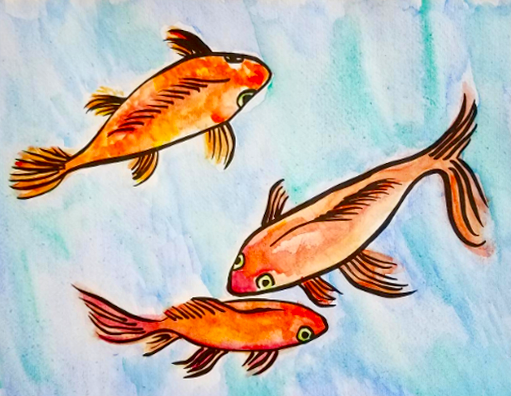

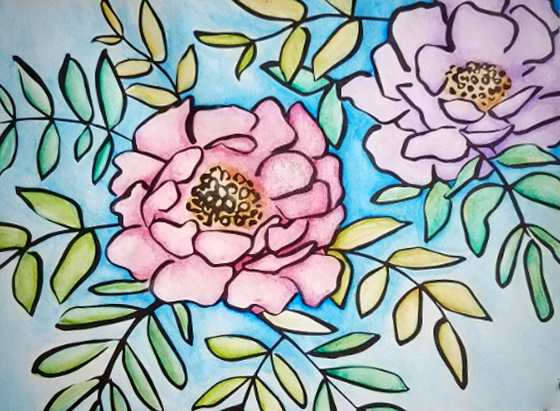
Adjusting Techniques for Climate Variability
The impact of climate on watercolor painting cannot be overstated, particularly when it comes to the decision of painting wet or using a dry approach.
In humid climates, artists may find that their paper remains damp for longer periods, which can affect the spread and drying time of the watercolors.
Conversely, in arid regions, the moisture evaporates quickly, potentially leading to uneven textures and the need for more frequent pre wetting paper to maintain workability.
Understanding your environment's humidity levels can guide you in adjusting your water application for consistent results.
Moreover, temperature fluctuations also play a crucial role.
Cold water can slow down the drying process, giving artists more time to manipulate the paint on the paper.
However, in warmer conditions, water evaporates faster, and artists must work swiftly to achieve the desired effects before the paper dries.
This may involve altering the wetness of the brush or the paper, or even adapting the workspace to control the ambient temperature.
Always remember to dry flat your artwork to prevent any unwanted textural changes that might occur due to uneven drying.
Mastering Edges with Watercolor Techniques
Achieving crisp edges in watercolor paintings is a skill that can elevate the quality of your artwork.
When painting wet, the control of edges can be challenging, as the paint tends to flow and blend into adjacent areas.
To create sharp edges, artists can use an x acto knife gently on dry paper to score a line where the edge should be.
This technique creates a barrier that prevents the paint from seeping beyond the desired boundary.
It's a delicate process that requires a steady hand and precision to ensure the paper isn't cut through.
In contrast, when working with a pre wetted surface, the approach changes.
Here, the artist can stretch the paper beforehand to ensure a taut surface, which helps in managing edge control.
Once the paper is secured and slightly damp, a dry brush technique can be employed along the edges.
This involves loading a brush with paint that's less wet than the paper's surface, allowing the artist to paint up to the edge without the color bleeding out.
This method requires practice to perfect the balance between the wetness of the paper and the brush, but once mastered, it can produce stunningly sharp edges in a fluid medium.
When to Use Dry Paper
While wetting the paper is beneficial for certain techniques, there are times when painting on dry paper is preferable.
For example, when painting detailed or sharp edges, starting on dry paper can provide more control.
Understanding when to use wet or dry paper is part of mastering the watercolor medium.

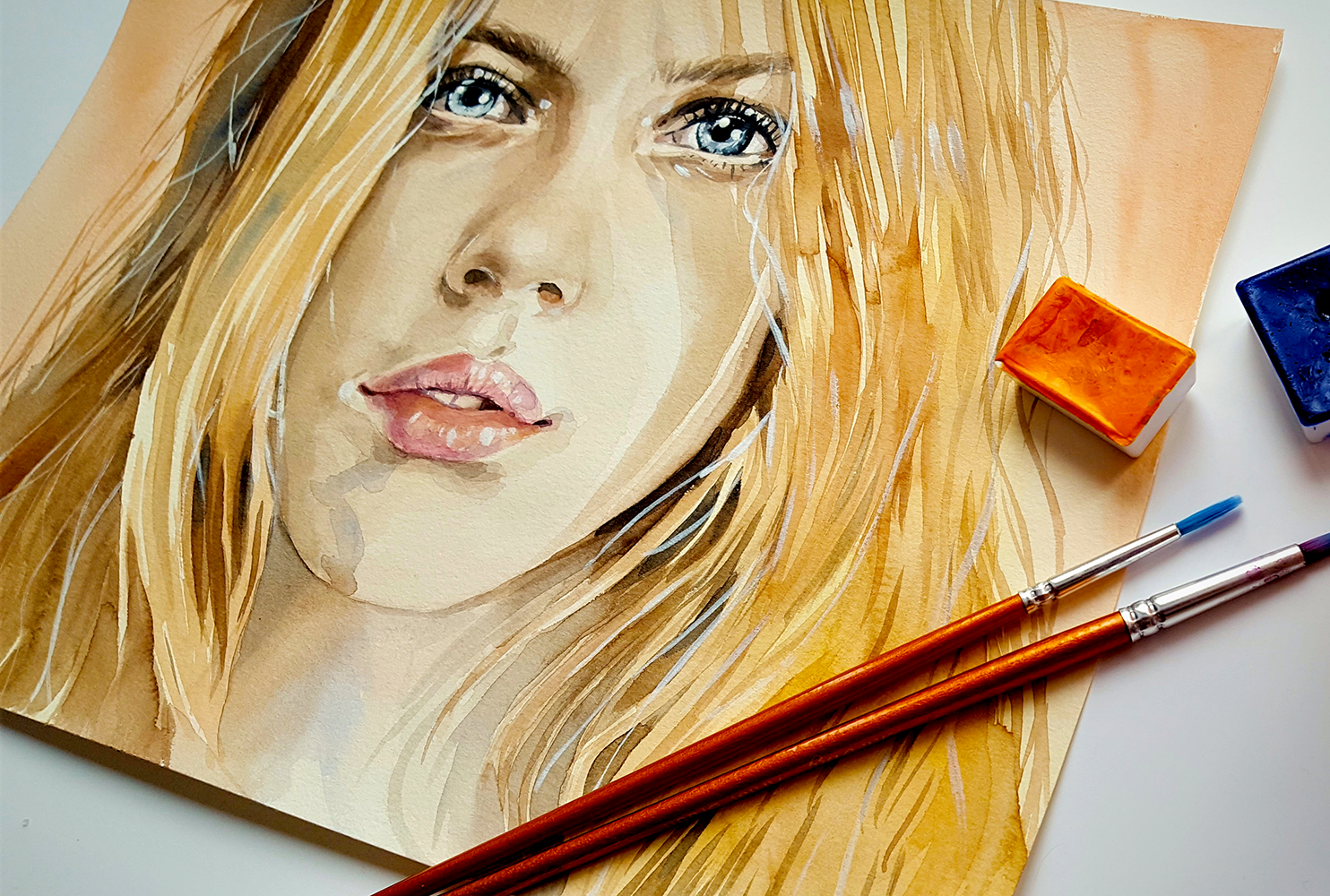

Unlock the Full Potential of Watercolor Creations
Mastering the art of wetting your watercolor paper is akin to unlocking a treasure chest of artistic possibilities.
Wetting watercolor paper is a nuanced technique that can greatly enhance the quality of your watercolor paintings.
This technique, rich in its potential to transform your artwork, is a testament to the beauty of understanding and working with the unique characteristics of watercolor.
Whether you're using the wet on wet technique, pre-wetting the paper, or stretching the paper to prevent buckling, understanding the intricacies of working with wet paper is essential.
By considering the weight of the paper, the tools you use, and the timing of your painting process, you can achieve a wide range of effects and textures that bring your artistic vision to life.
From the delicate dance of colors in the wet on wet technique to the meticulous preparation of stretching your paper, each step is a building block towards achieving paintings that are not only visually stunning but also deeply expressive.
Embrace the journey of exploring these methods, and watch as your watercolor paintings evolve into masterpieces that vividly bring your artistic visions to life.



Watercolor FAQs
Diving into the world of watercolor painting can be as exhilarating as it is intricate.
With its unique blend of spontaneity and precision, watercolor art invites artists to explore a spectrum of techniques and effects, each with its own set of questions and curiosities.
Whether you're a budding artist or a seasoned painter looking to refine your skills, understanding the nuances of watercolor can significantly enhance your artistic journey.
Below, we've compiled a list of frequently asked questions that delve into the essentials of watercolor painting, from the importance of prepping your paper to choosing the right type of watercolor paper for your masterpiece.
Let's unravel these mysteries together and unlock new levels of creativity in your watercolor endeavors.
Is it always necessary to wet watercolor paper before painting?
No, it's not always necessary to wet the paper before painting. It depends on the effect you're trying to achieve. Wetting the paper is beneficial for techniques like wet on wet or when you want to prevent buckling, but for sharp details and control, dry paper may be preferable.
How do I know when the paper is ready to paint on after wetting?
The paper is ready to paint on when it's damp but not overly wet. A good indicator is when the sheen on the paper surface has dulled but the paper is still cool to the touch. This means the paper is moist enough for the paint to flow but not so wet that it will cause uncontrollable spreading.
Can I use any type of watercolor paper for wet techniques?
While you can use any type of watercolor paper, heavier papers are generally better suited for wet techniques as they can handle more water and are less likely to buckle. Lighter papers may require additional steps, such as stretching, to prevent warping.


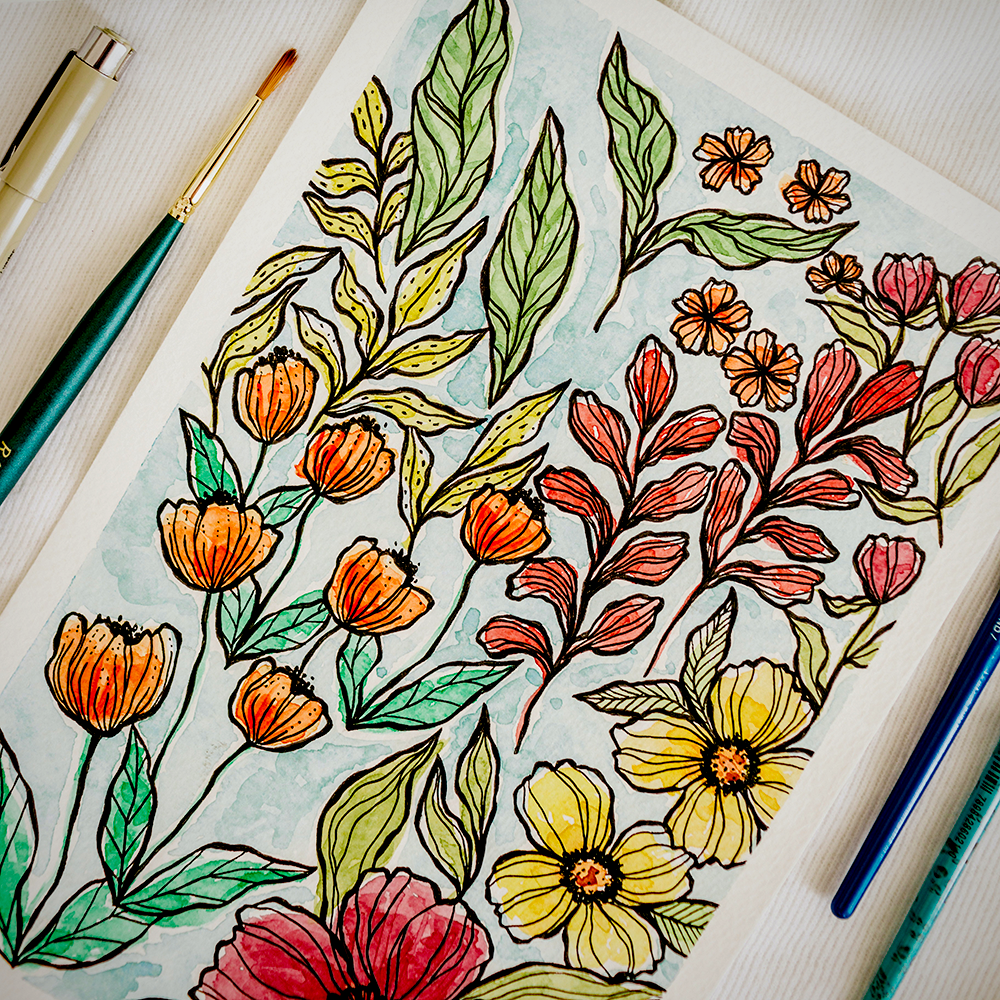
Interested in learning more about wetting paper for watercolor painting? Check out Joe Cartwright's video!
Want even more content about creativity and art?
Be sure to check out all of our creative chronicles!
Love coloring books and watercolor and want to find your next favorite?
Check out some of our other articles:
-Can you watercolor in coloring books?
-Are watercolor pencils good for coloring books?
-Can you use watercolor on normal paper?
-How do you make a water coloring book?
-Can you use Crayola markers as watercolor?


